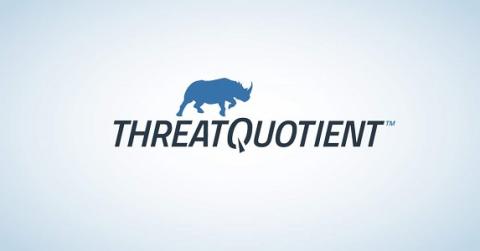Risk-based Vulnerability Management: A Bigger Bang for Your Buck
Every five to ten years, major technology shifts change the way that vulnerability assessment and the related IT risk mitigation processes are approached or implemented. What has remained constant is the formula we use to measure risk and thus prioritize and triage vulnerabilities. Risk = (Likelihood of event) * (Impact of consequences) It’s an approach that intuitively makes sense, but there have been two challenges with how this formula has been applied.









